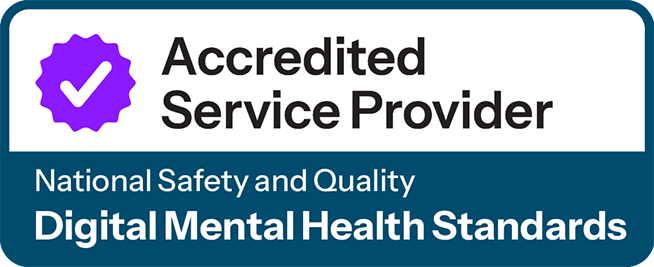
Family violence can be a powerful driver of women’s death by suicide, a new Victorian study has found.
The study – led by Australian Catholic University lecturer in criminology and criminal justice Dr Stefani Vasil – looked at 12 coronial investigations into women’s suicides, published between 2019 to 2024, where a history of family violence was identified or suspected in the lead up to the death.
The researchers interviewed 20 professionals across the family violence, health and justice sectors.
The study identified the “profound impact of family violence victimisation – including coercive and controlling behaviours – on women’s risk of suicide”.
The researchers noted the need for greater recognition of different forms of family violence – including coercion, and the ways in which perpetrators can manipulate women’s suicidality or self-identity as ways to control behaviour.
Suicide risk for victims can be amplified through “feelings of entrapment, fear of the perpetrator, lack of help-seeking options, and the cumulative effects of violence – both during and after a relationship.”
Dr Vasil was joined by Professor Kate Fitz-Gibbon from Monash University and Professor Marie Segrave from the University of Melbourne. The study is available from the Australian Catholic University.
To help health professionals better understand and respond to the link between family violence and suicidality, North Western Melbourne Primary Health Network (NWMPHN) is hosting a free online workshop for GPs and other primary health professionals on Wednesday September 10, starting at 6:30pm. See this webpage for more information and registration.
“Understanding the link between family violence and suicidality is important for practitioners caring for people experiencing family violence,” said Nicki Moseby, NWMPHN’s program officer for its Primary Care Pathways to Safety training project.
“This training will enable them to recognise the signs in individuals and to learn effective risk assessments and safety planning strategies and to identify the appropriate supports within the general practice setting and referral pathways.”





